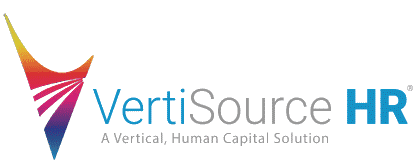We get the fact that the ink has barely dried on 2023-2024 open enrollment. You and your benefits team need to take a breather. But don’t relax for too long. The sooner you can start working on next year’s employee benefits package, the better. We recommend giving serious consideration to expanding your voluntary options.
Voluntary benefits are more or less anything and everything above and beyond health insurance and a retirement plan. Some would argue that dental and vision coverage are part of traditional health insurance while others would lump them into the voluntary category. Either way, voluntary benefits are proving to be one of the most important factors in crafting benefits packages that appeal to a modern workforce whose perspective was changed by the COVID pandemic.
Employee Expectations Have Changed
It is reasonable to believe that the COVID pandemic changed the way a lot of people looked at careers and working. The Great Resignation, which began in earnest during the summer of 2020, bore that out. COVID impacted workers re-evaluating their opinions of work-life balance and decided they were no longer content with the status quo. They began resigning to look for better jobs elsewhere, start their own businesses, or enter the gig marketplace.
Although the Great Resignation has evolved to become the Great Replacement, its lessons remain as valuable today as they were three years ago. Chief among those lessons is the reality that employers now need to look at compensation differently; more comprehensively. Enter voluntary benefits.
Not Content to Be Resources
Modern workers are no longer content to be considered human resources. They want to be viewed as people with hopes, dreams, goals, and needs. They want to be treated as valuable partners in their employers’ successes. They want to feel like their employers actually care about them. That is where voluntary benefits come in.
Health insurance and a retirement plan are standard. They lay the foundation for a solid employee benefits package. But today’s workforce expects more. Today’s workers expect mental health benefits, financial planning assistance, remote work opportunities, and access to additional insurance products like critical illness coverage and long-term disability.
What must be understood is that different generations of workers prioritize voluntary benefits differently. According to research data from Buck:
- Older Gen X and baby boom workers are most concerned about retirement readiness and long-term medical needs.
- Younger Gen X and millennial workers tend to prioritize family focused benefits and benefits that help them save money.
- Gen Z employees are more likely to prioritize things like mental health and getting out from under the weight of student debt.
- Low-income workers are looking for help with debt management, budgeting, saving, and improving credit.
One of the most attractive aspects of voluntary benefits is that an employer doesn’t have to stick with a single program. Employers can create a large basket of voluntary options and then let employees pick and choose from that basket according to their needs and preferences. All the while, they can offer most voluntary benefits without spending a lot of money.
Benefits Packages Affect Perception
The fact is that employee benefits impact employee perception. If employees view their benefits packages positively, perceptions of their employers also tend to be positive. The opposite is also true.
Voluntary benefits can improve employee perception significantly. Perhaps that is why so many companies are now looking toward voluntary options to expand their benefits packages moving forward. If a good basket of voluntary benefits makes employees happier without costing an arm in a leg, both employer and employee win. Isn’t that the goal?

